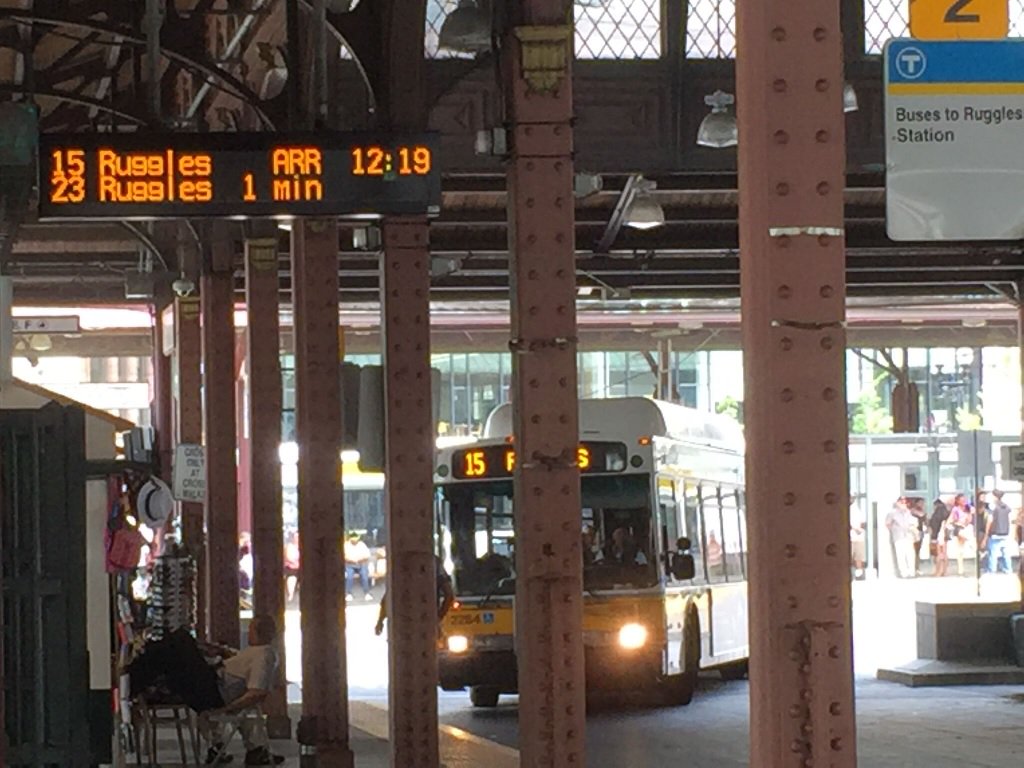The EGE
Senior Member
- Joined
- Jun 29, 2013
- Messages
- 1,761
- Reaction score
- 4,680
Except for the RTS buses built in 1994-95, every bus that the T operates was built after 2003. Every bus either had GPS from the start or retrofitted more recently. Buses use GPS for the stop annoucements.
Stop announcements on the Green Line are driven by odometer. They have nothing to do with GPS; the stop announcements have been working for over a decade, long before GPS came to the Green LIne. The counter is reset at a few certain points, and thereafter it just records how far the car has gone. It knows to announce Longwood exactly 2000 feet after Fenway, and Brookline Village 3750 feet after that.
Stop announcements on the Green Line are driven by odometer. They have nothing to do with GPS; the stop announcements have been working for over a decade, long before GPS came to the Green LIne. The counter is reset at a few certain points, and thereafter it just records how far the car has gone. It knows to announce Longwood exactly 2000 feet after Fenway, and Brookline Village 3750 feet after that.

